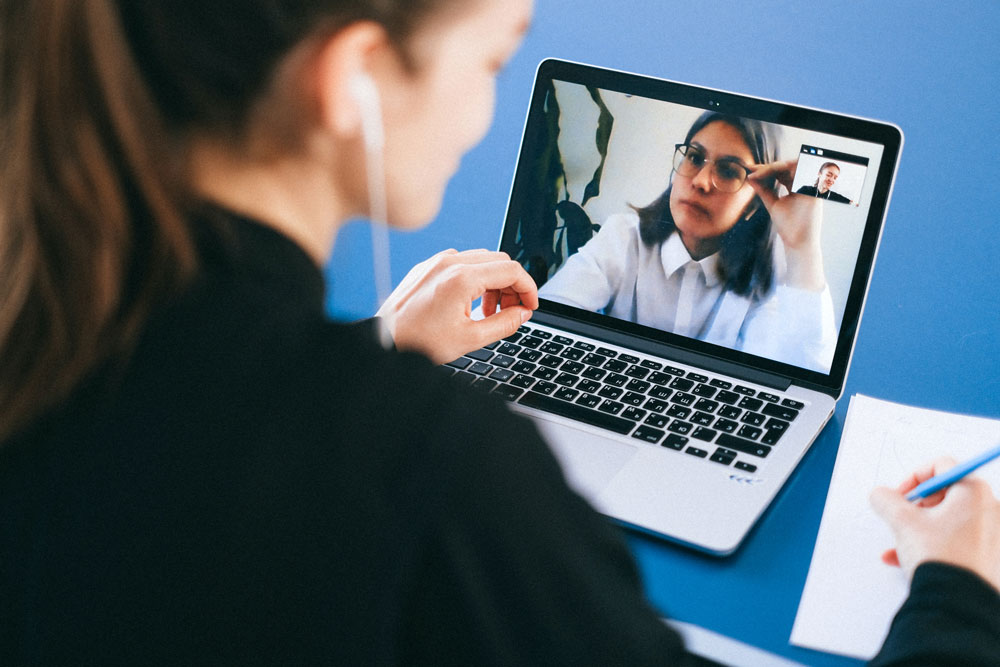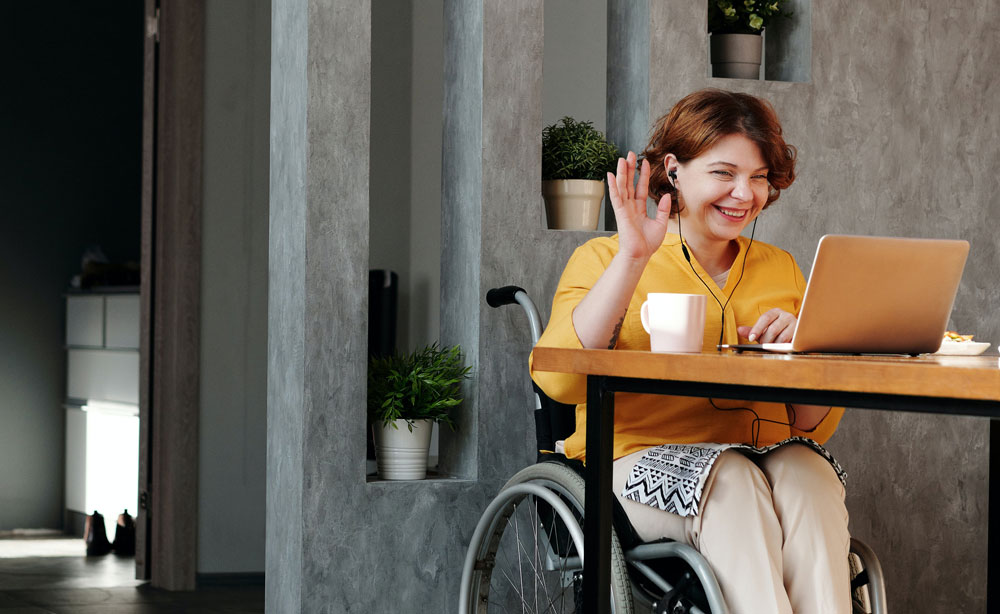7 Tips for a Successful Video Media Interview During COVID-19

By now, we’ve all (mostly) adjusted to a routine where most day-to-day work interactions happen on Zoom, Webex and Microsoft Teams. This change has also bled over into how media interviews are being held – while many reporters or producers traditionally would have interviewed sources over the phone or in person, there’s new expectations that interviewees get on video (sometimes even if it’s not for a video or broadcast TV segment).
For business leaders that interact with the media, the shift to video means they must adapt some new or adjusted preparations and protocol to ensure interviews go off without a hitch. Video can feel a lot more natural than a phone interview, making it easier to share key messages, show personality, and demonstrate expertise – but it also creates new opportunities for an interview to go sideways or appear less-than-professional.
Before your next video interview, it’s important to keep in mind a few key recommendations – especially considering the post-COVID-19 news environment. Follow these guidelines to make sure your narrative is presented clearly and to avoid some of the new pitfalls that can occur when interviewing on video platforms.

- Hardwire in if possible. Choppy video or disconnections are the bane of a good video interview, so if possible, it’s best to grab an ethernet cable and plug into your home router.
- Prep with the right kind of notes. Many business leaders like to prepare detailed notes ahead of media interviews. On video, it can look off if you’re constantly looking down to read over printed or handwritten notes as your eyes frequently look away from the camera. Reading over long, detailed notes can also give the impression that an interviewee is giving a canned response. It’s best to have short, bulleted reminders of the messages you want to cover that can be quickly referenced while talking to a reporter. We recommend positioning the document in the middle of the screen near the camera so that you’re looking away less frequently.
- Dress sharp even if you don’t wear pants. We definitely recommend you do wear pants – we’ve all seen the horror stories of people who didn’t realize their lower half was in view of the camera during a meeting – but video’s unique platform requires thinking about a few other elements of your apparel, too. On video, shirts or dresses with solid black, white or jewel toned colors (like a bright blue or ruby red) look best and keep a viewer’s attention on you. Patterned clothing draws the eye away from the speaker, causes viewers to focus on what you’re wearing and is sometimes rendered incorrectly on video. It’s also best to avoid green clothing, which can be used as a green screen should the interview go viral.
- Be prepared to answer questions on how your company has responded to COVID-19. The economic turmoil caused by COVID-19 has impacted every business, and reporters want to know how organizations are responding. Even if a different topic is the focus of the interview it’s likely that this will come up – prepare messaging that shows how your company has been affected and how it has contributed to community or industry support efforts.
- Don’t use digital backgrounds. These backgrounds can often accidentally cover up a speaker or just distract from their face as the software tries to fill in the backdrop – use digital backgrounds only as a last resort. Instead, find a quiet, simple spot at home where you’re comfortable filming, the background isn’t too chaotic and there’s little risk of a family member or pet walking through the shot. Everyone’s at home right now and we’re all getting to know what our coworkers’ home workspaces look like – just remember that most people have more grace than usual for distractions and clutter.
- Close down nonessential applications. No one wants an Outlook or Slack notification to interrupt them while they’re trying to get a message across. If you’ll be screensharing with your interviewer, this also ensures that information that can’t be disclosed publicly isn’t shared on accident.
- Don’t forget about body language. Similar to speaking on stage, your body language like hand gestures, facial expressions or movement of your upper body can help punctuate a point you’re making and project a strong and compelling presence. Too much movement, though, can come across as nervousness or be distracting. For further reading on how body language can affect video conferences, check out this Fast Company article.

It’s likely that video interviews will be the norm for at least the next several months – taking these few simple steps will help make sure that you come across professionally, share your message effectively and have a successful interview.